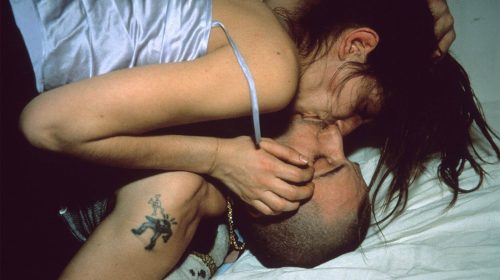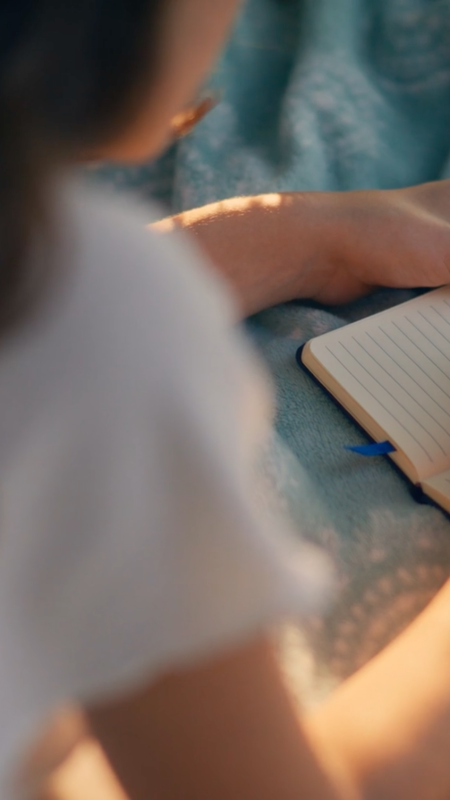Why You Fall for People Who Trigger Your Inner Child: Attachment Styles Explained

If you’ve found yourself fretting to friends over a text from someone you’re seeing, or explaining why you’ve gone silent on your crush, they likely replied with news of your attachment style.
The theory is everywhere, with videos about it littering your TikTok For You Page and even your favourite celebrities, from Miley Cyrus to Pete Davidson, name-dropping the term in interviews.
The whole idea was pioneered by psychologist John Bowlby in the 1950s, but didn’t go mainstream until the book Attached by psychiatrist Dr Amir Levine and psychologist Rachel Heller was published in 2011.
In the book, they write that ‘adults show patterns of attachment to their romantic partners similar to the patterns of attachment of children with their parents.’ That’s the crux of attachment styles, says Hope Flynn, relationship expert and founder of female empowerment platform So What?: ‘Attachment styles are essentially your relationship DNA – the way we connect with others, how we navigate closeness and distance, and how we handle conflict. They’re formed in childhood, based on how we were cared for, and shape everything from how we text each other to how safe we feel opening up in relationships.’
The reason they’re so popular right now, she says, is because they give answers to who we are – which is what we are all trying to get to the bottom of. ‘Have you ever wondered why you chase emotionally unavailable people? Or why you lose interest the second that someone is ‘too into’ you? Attachment theory gives us the framework to understand these patterns. It’s like the astrology of the self-awareness world – except it’s backed by actual psychology.’
The attachment styles:
Avoidant
‘People with this style highly value space. Too much closeness too quickly can feel overwhelming – even if they really like you,’ says Flynn. Or, as they put it in the book, ‘avoidant people equate intimacy with a loss of independence and constantly try to minimise closeness’.
That might look like breaking up with a partner when things get too intimate or too hard or struggling to communicate their feelings or listen to others.
Anxious
Anxious attachment is defined as people who crave intimacy, are preoccupied with their relationships and tend to worry about whether their feelings are reciprocated.
Flynn adds that they might need ‘constant reassurance. They’re often very caring and loving, but can spiral if things feel uncertain or inconsistent.’
They’ll likely want to be over-communicative with their partner, be flooded with reassurance of love and flood others back, and try to avoid arguments or moments of tension in relationships.
Secure
Secure people are who we all want to be. ‘These people feel comfortable with both closeness and independence. They communicate openly, don’t freak out or stress over a delayed reply, and can handle deep conversations without panic,’ says Flynn.
They can communicate appropriately, don’t take small things personally and are able to set and respect boundaries well.
What’s the science behind attachment?
As Flynn said, this isn’t unfounded pop psychology: attachment styles are backed with plenty of research. Building on the work of Bowlby, Mary Ainsworth looked at the attachment styles of children in 1970, categorising them into avoidant, anxious and attached. Decades later, psychologist Mary Maine interviewed those same people as adults to see how they now thought and talked about close relationships.
They found babies who had been securely attached tended to grow into adults who could reflect on their past in a thoughtful and balanced way. Those who were insecure – anxious or avoidant – as babies often struggled with emotional distance or anxiety in relationships as adults. Published in the 1990s, It was one of the first and most robust papers proving that the patterns we learn in our first relationships can stick with us and shape our connection for the rest of our life.
Since then, more work has gone into finding how our attachment styles can impact us. One paper, published in the European Journal of Personality, looked at attachment styles in conflict. It found that secure types used healthy conflict styles, while avoidant people either focused on ending conflict or winning it and anxious people were more likely to try to keep the peace.
The good news is that you’re not attached to your attachment style. One paper, which looked at data from 148 studies tracking over 60,000 people, found that attachment styles are moderately stable but not fixed: about 30–35% of people changed their attachment style over time. Life events, inner work, environment and other changes can cause your attachment style to shift.
‘These aren’t life sentences,’ notes Flynn. ‘With awareness and work, your patterns can shift and change over time. However, you also don’t need to “fix” yourself, but self-awareness helps for sure.
‘Understanding your triggers, learning to communicate better, regulating your emotions and choosing safe, steady connections with people is the goal. Therapy can help, but so do good friendships, communication, journaling and dating people who help you feel grounded. Take time to understand yourself and once you do so, it will help you understand others and what is right for you.’
Recommended Reading
Attached by Amir Levine and Rachel Heller
Anxiously Attached: How to heal and feel more secure in love by Jessica Baum
Wired for Love by Stan Tatkin












